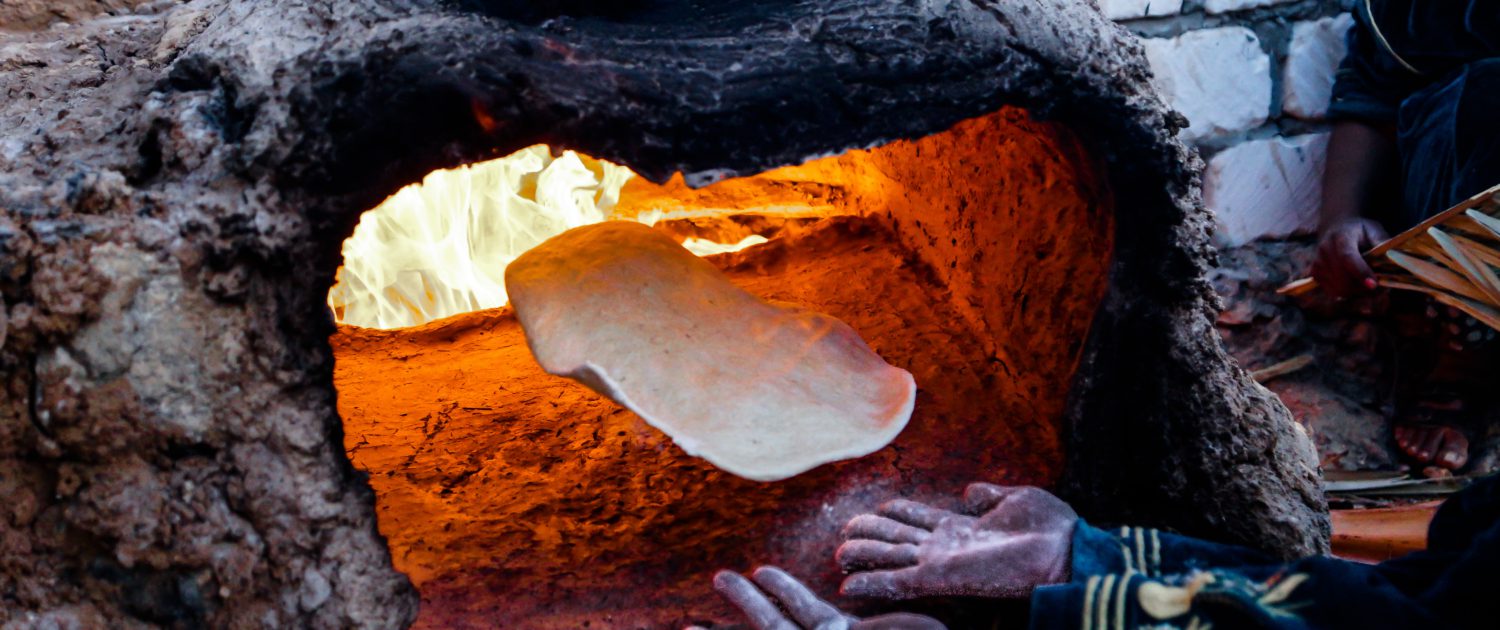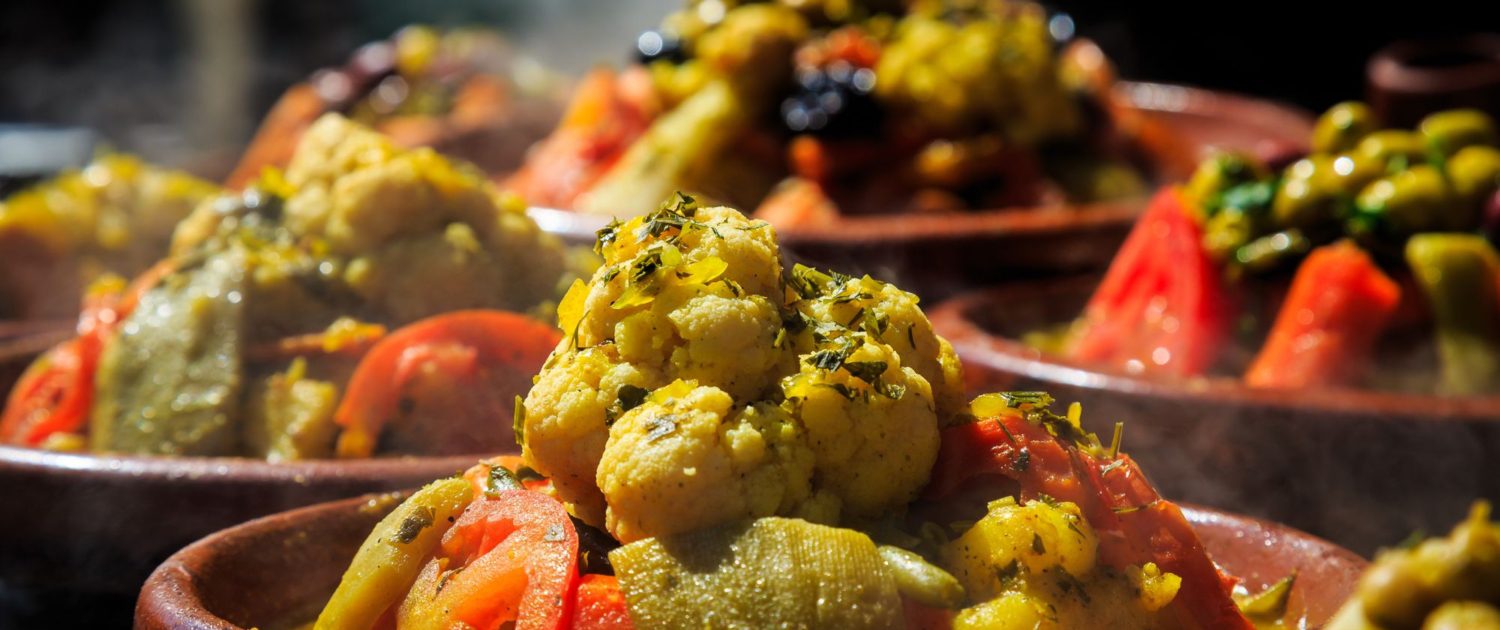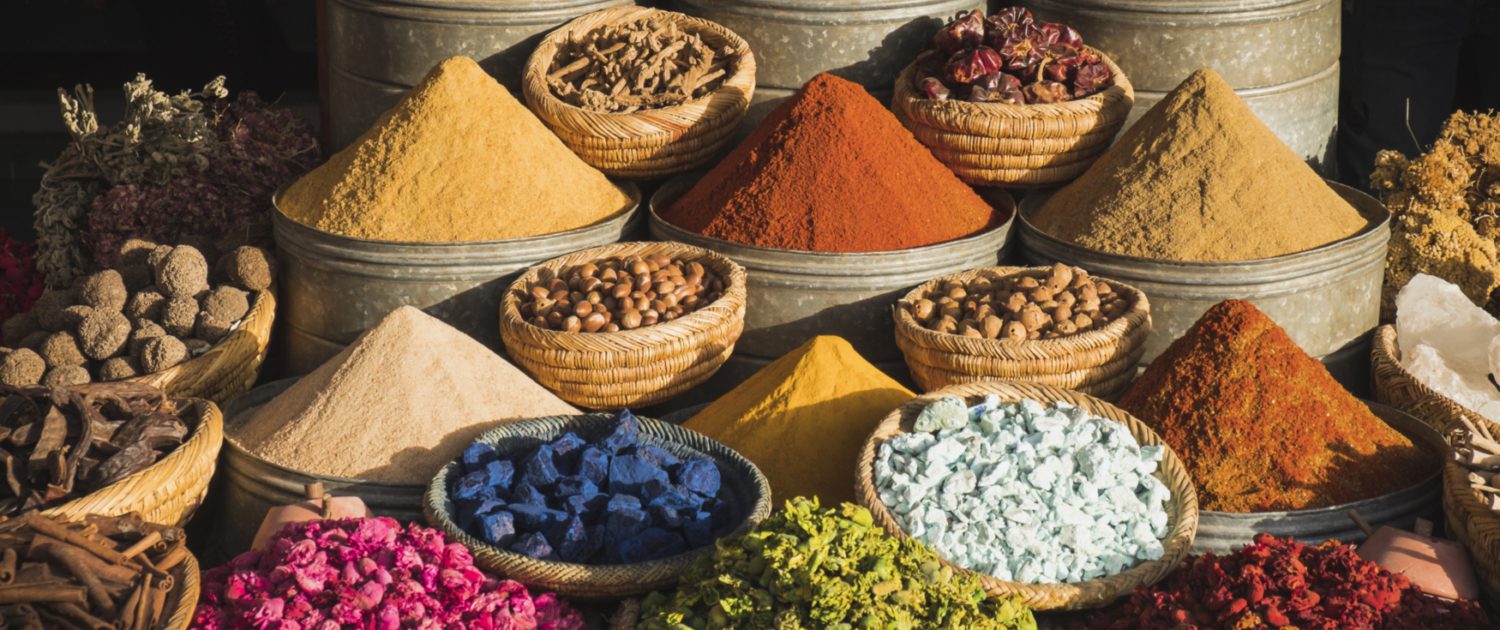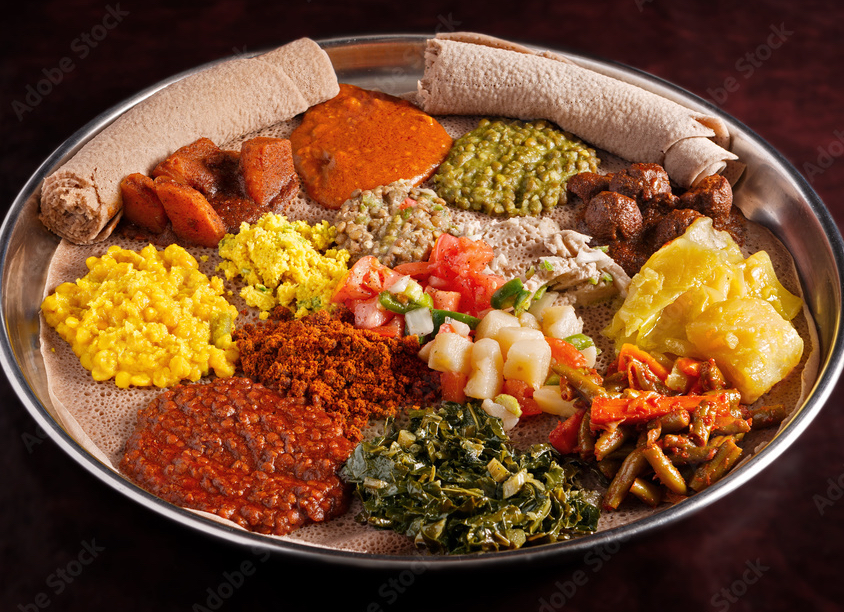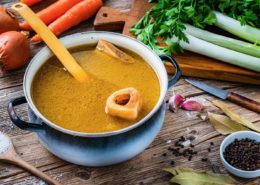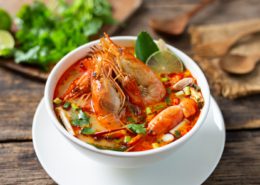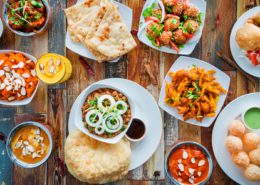African Food
Cuisines from the African Continent
Countries / States / Regions: Kenya / East Africa / North Africa / South Africa / West Africa / Central Africa
Africa is the longest-inhabited continent on Earth, consisting of 54 countries. Often called the “mother continent,” its long history hints at the depth you’ll find in the cuisine. It’s as diverse as the many countries that comprise the continent, which is home to over a billion people and more than 3,000 ethnic groups.
African dishes can both surprise and delight taste buds with rich flavors and regional specialties.
“The motto of West African cooking is that if the food doesn’t set fire to the tablecloth the cook is being stingy with the pepper.”
— Ben Aaronovitch
List of African Cuisines
Top African Dishes
- Jollof rice and egusi soup | Nigeria
- Kapenta with sadza| Zimbabwe
- Muamba de Galinha| Angola
- Cape breyani| South Africa
- Nyama na irio| Kenya
Influences of African Food
Much of Africa’s culinary influences were literally blown in by a weather phenomenon called the Monsoon Winds. These are wind patterns that were responsible for ancient trade routes. From November to February, southwest winds switched directions, blowing northeast from April to September.
Their predictability allowed travel patterns to develop, minimizing the danger of rough seas. Trade ships sailed from East Africa to India in the spring and summer, then from India to Africa in the fall and winter. Relationships between Africans, Arabs, Persians, Turks, Europeans, and Asian merchants strengthened, making their mark on food cultures worldwide.
In North Africa, you’ll find the Eastern influence of Indian spices in the fragrant dishes of Morocco. West African food is famously rich with Arab flavors like cilantro, clove, mint, peppers, and cinnamon. In the 17th century, the Portuguese brought sweet potatoes, maize, and cassava from Brazil to East Africa. Central Africa is an even bigger melting pot, combing the influences of Swahilis, a cultural combination of Yemeni, Bantu, Omani, and Indian, as well as the Portuguese.
Women and African Food Culture
In James McCann’s book Stirring the Pot: A History of African Cuisine, the author explains the role of the kitchen as a stage. He writes “women were almost always the performers, and techniques of cooking remained women’s specialized knowledge.” In European culture, he says cooking “became the privilege of a literate, male, class, dominated by professional guilds as a kind of priestly knowledge.” But in Africa, the kitchen has historically been regarded as the woman’s domain. Many recipes were, and continue to be, passed down female generational lines, often never being written down.
The History of African Food
African food must first be broken down into the different landscapes you’ll find across the continent. There are arid desserts, chilly mountain peaks, spectacular coral reefs, dew-kissed rainforests, and endless tropical savannas. These contrasting regions produce different food staples, so what constitutes “African” food changes depending on where you are. It also depends on who has been there.
African Cuisine is Available for Local Delivery in the Following Cities/Areas:
- Seattle
- Los Angeles
- San Francisco (Bay Area)
- Chicago
- New York City
- New Jersey
See also: Middle Eastern Food

